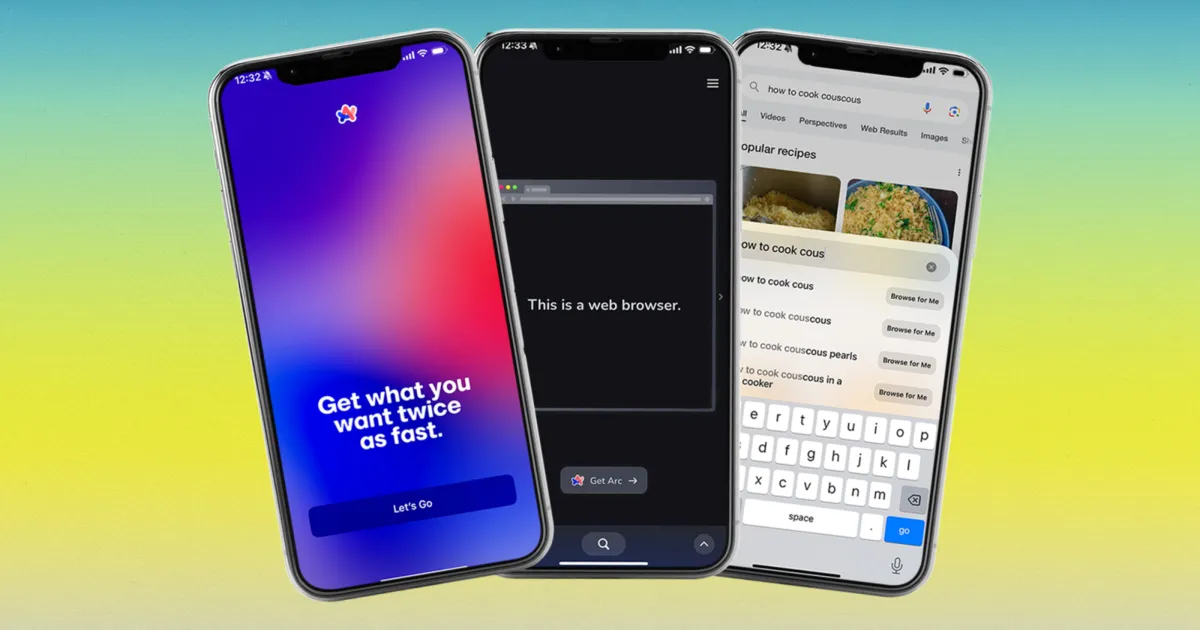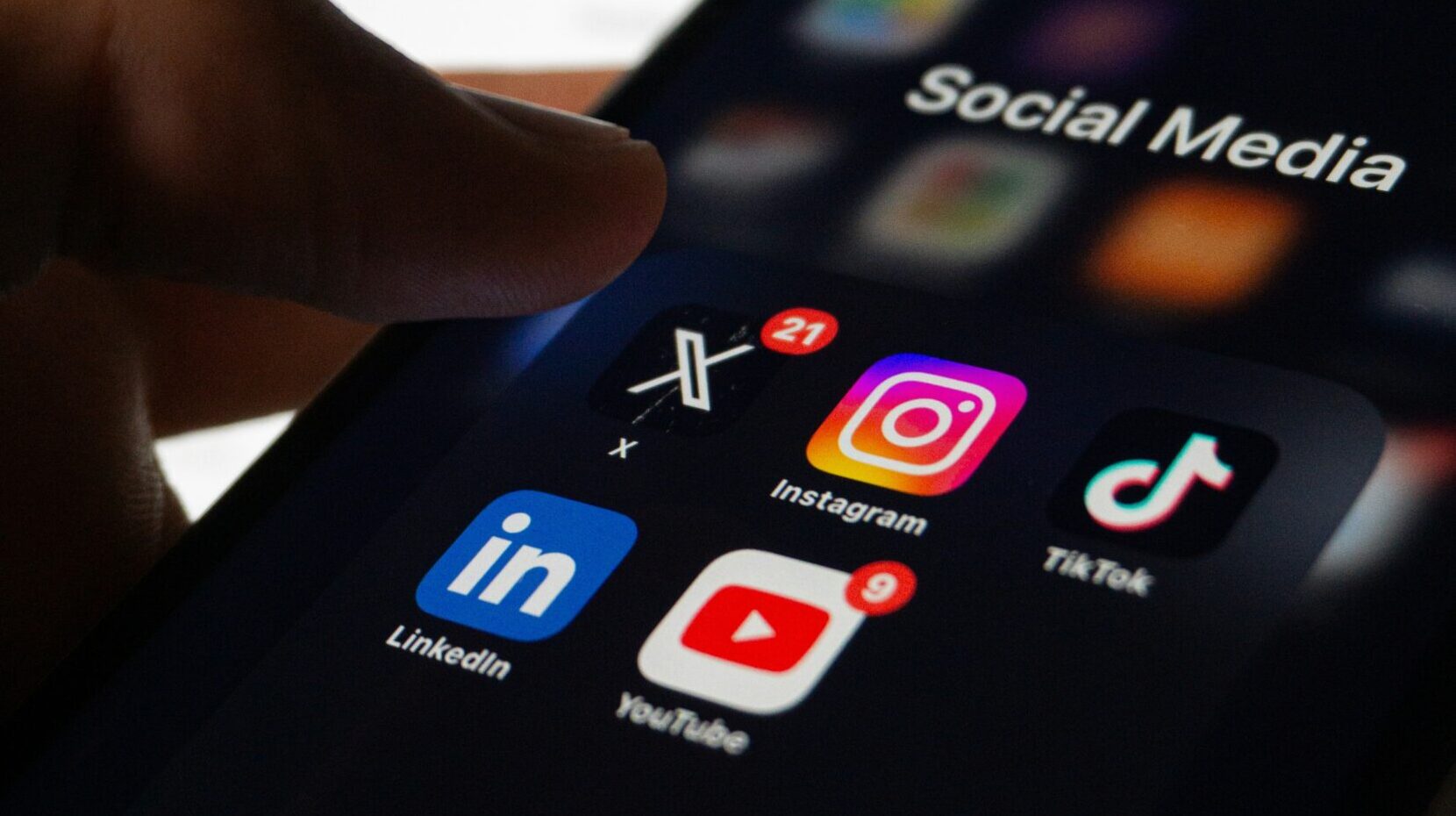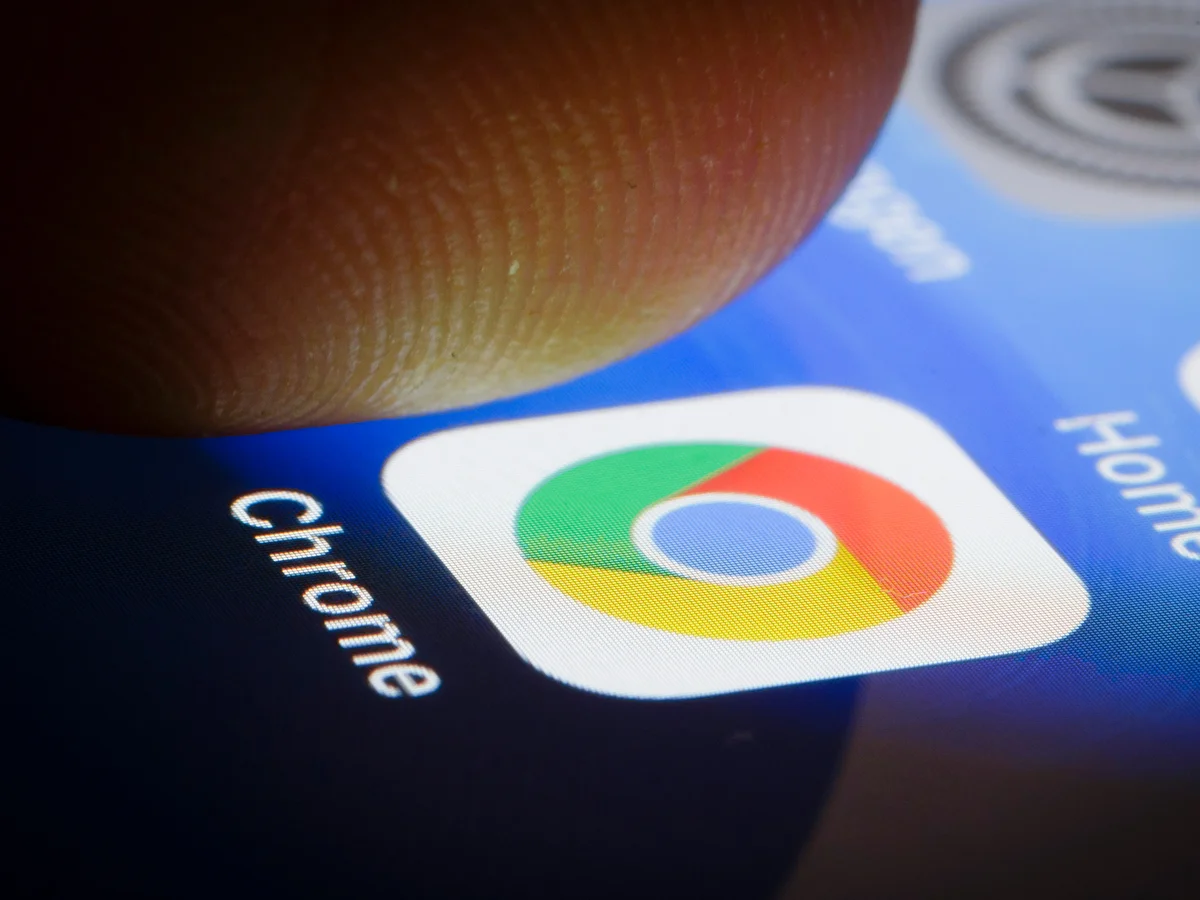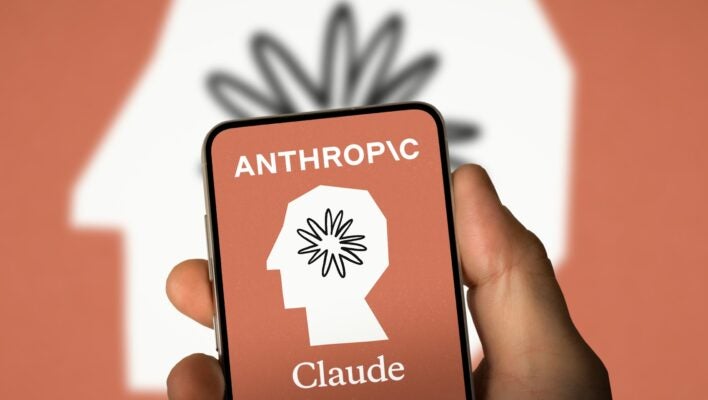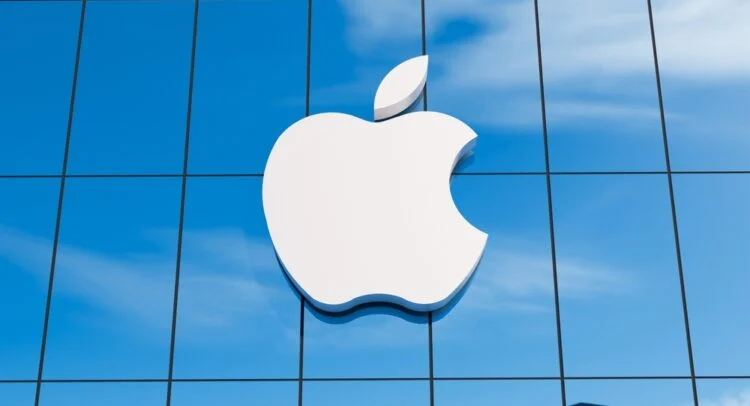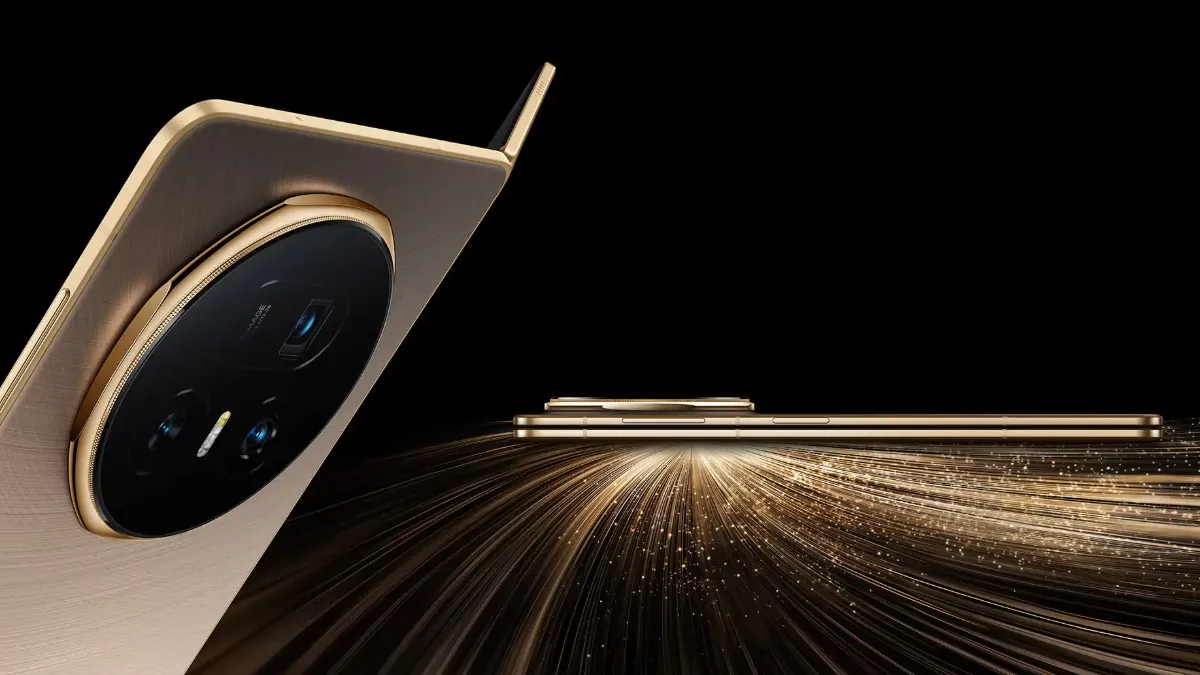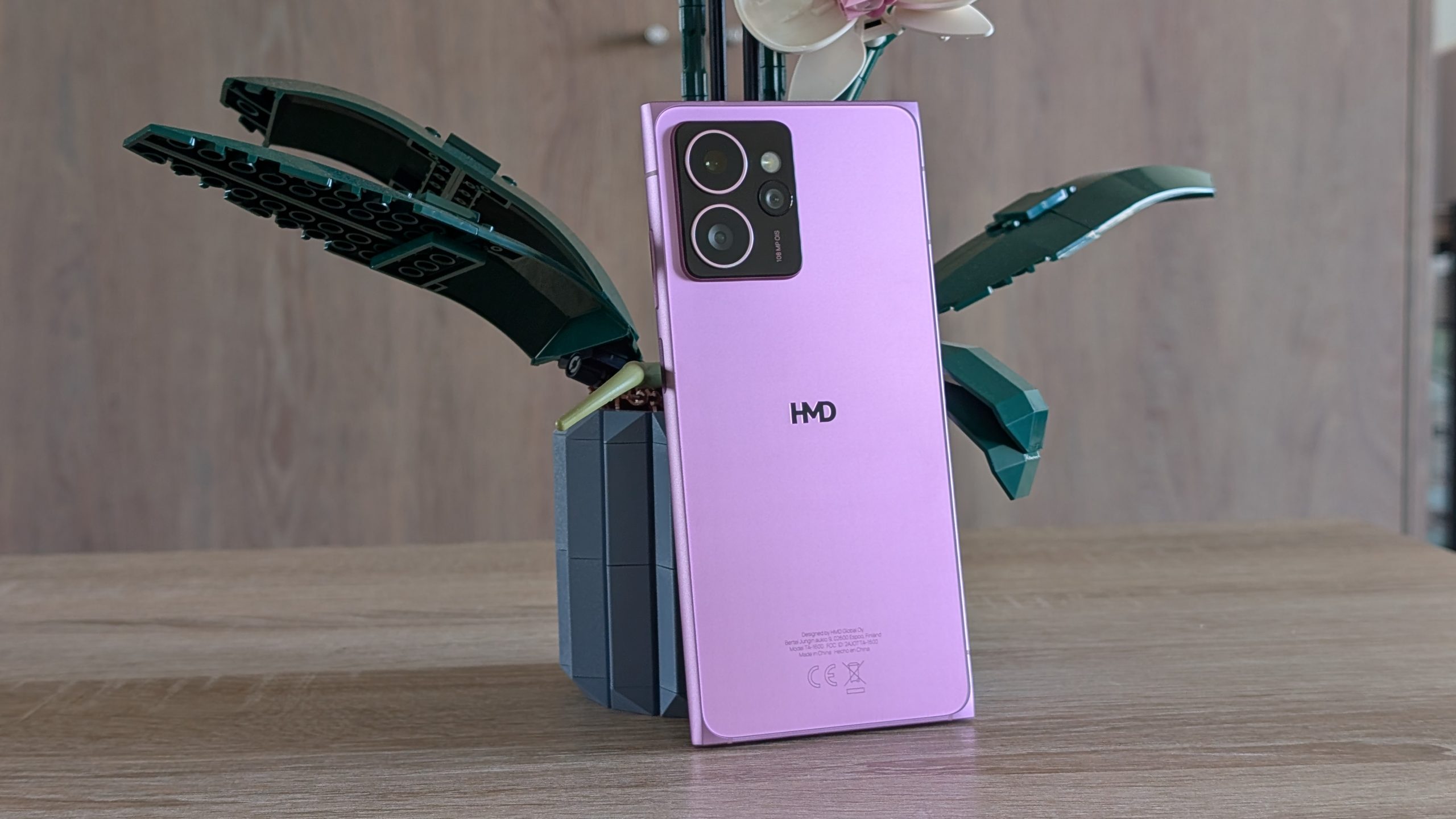
Is Nokia’s Smartphone Business Dead?
In the early 2000s, Nokia was the name in mobile phones. You couldn’t walk down a street without seeing someone flipping open a Nokia 3310 or tapping away on an N-Gage. Fast-forward to 2025, and the question on everyone’s lips is: Is Nokia dead in the mobile phone business? The answer isn’t a simple yes or no—it’s a story of pivots, partnerships, and a brand that refuses to vanish completely, even if its glory days seem like a distant memory.
A Fall from Grace
Nokia’s dominance in the mobile phone market was legendary. From the late 1990s to the early 2010s, it was the world’s top mobile phone vendor, known for its durable devices and innovative designs. But the rise of smartphones, led by Apple’s iPhone and Android-powered devices from Samsung, caught Nokia off guard. Its failure to adapt quickly to the touchscreen revolution and its reliance on the Symbian operating system led to a steep decline. By 2013, Nokia’s mobile phone division was bleeding money, and in 2014, it sold its Devices and Services division to Microsoft for $7.2 billion.
That sale marked the end of Nokia’s direct involvement in making phones. Microsoft tried to keep the Nokia brand alive with its Lumia series, but the Windows Phone platform struggled to compete. By 2016, Microsoft sold the Nokia feature phone business to HMD Global, a Finnish company founded by former Nokia executives, which also secured a licensing deal to produce Nokia-branded smartphones.
HMD Global: A New Chapter or a Final Bow?
HMD Global breathed new life into the Nokia brand, launching Android-based smartphones and reviving classic feature phones like the Nokia 3310. For a while, it seemed like Nokia might reclaim some of its former glory. HMD focused on affordable, durable devices, targeting both nostalgic fans and emerging markets. But the smartphone market is a brutal place, and HMD’s Nokia phones struggled to stand out against giants like Apple, Samsung, and rising stars like Xiaomi.
In January 2025, reports surfaced that HMD had discontinued all Nokia-branded smartphones and tablets on its website. The move sparked speculation that Nokia’s smartphone journey had finally ended. However, HMD still offers Nokia-branded feature phones, suggesting the brand isn’t entirely gone from the mobile space. Some X posts even hint at HMD shifting focus to its own branded devices, possibly signaling the end of the Nokia licensing deal.
Nokia’s Bigger Picture
While the mobile phone business has faded, Nokia itself is far from dead. The company has reinvented itself as a leader in telecommunications infrastructure, focusing on 5G networks, cloud services, and enterprise solutions. In 2023, Nokia generated €22.26 billion in revenue, with its Network Infrastructure segment growing 17% in Q4 2024. Acquisitions like Alcatel-Lucent and Infinera have solidified Nokia’s position as the world’s third-largest network equipment provider, behind Huawei and Ericsson.
Nokia’s pivot to B2B solutions has been a quiet success story. Posts on X highlight this comeback, with some calling it “one of the most underrated in tech history.” The company’s new logo, unveiled in 2023, was a deliberate move to distance itself from its phone-making past and emphasize its focus on networks.
Is There Hope for Nokia Phones?
Despite the apparent exit from smartphones, there’s chatter about a possible Nokia comeback. A December 2024 report showcased renders of a “Nokia Safari Premium 5G,” a flagship device with a Snapdragon 8 Gen 4 chipset and an 8000mAh battery. While intriguing, these are speculative renders, not confirmed products. HMD has hinted at revisiting classic Nokia designs, but nothing concrete has emerged.
For now, Nokia’s mobile phone legacy lives on in feature phones and the occasional nostalgic release. But the smartphone market’s cutthroat nature makes a full-fledged return unlikely unless HMD can deliver something truly groundbreaking.
Key Points
- Nokia’s Past Dominance: Once the world’s top mobile phone vendor, Nokia lost ground to Apple and Samsung in the smartphone era.
- Microsoft Sale: Nokia sold its mobile phone business to Microsoft in 2014, which later passed the feature phone business to HMD Global.
- HMD’s Role: HMD Global revived Nokia-branded phones, but discontinued smartphones on its website in 2025.
- Nokia’s Pivot: The company now thrives in telecommunications infrastructure, with €22.26 billion in revenue in 2023.
- Future Uncertainty: Speculative reports of new Nokia phones exist, but no confirmed plans suggest a smartphone revival.
The Road Ahead
Nokia’s mobile phone story is a cautionary tale of innovation and adaptation—or the lack thereof. While the company has found new life in networks, its phone-making days seem to be winding down. HMD’s decision to focus on its own brand could mark the final chapter for Nokia smartphones, though feature phones keep the brand alive in some markets. For fans who grew up with Nokia’s iconic ringtones and indestructible handsets, it’s a bittersweet moment. Will Nokia ever return to the smartphone arena? Only time will tell, but for now, the company’s focus is clearly elsewhere.
The Nokia name still carries weight, evoking memories of a time when phones were simple and built like tanks. Even if its smartphone days are over, Nokia’s legacy in mobile technology—and its ongoing work in 5G and beyond—ensures it’s far from dead. It’s just not the Nokia we once knew.


